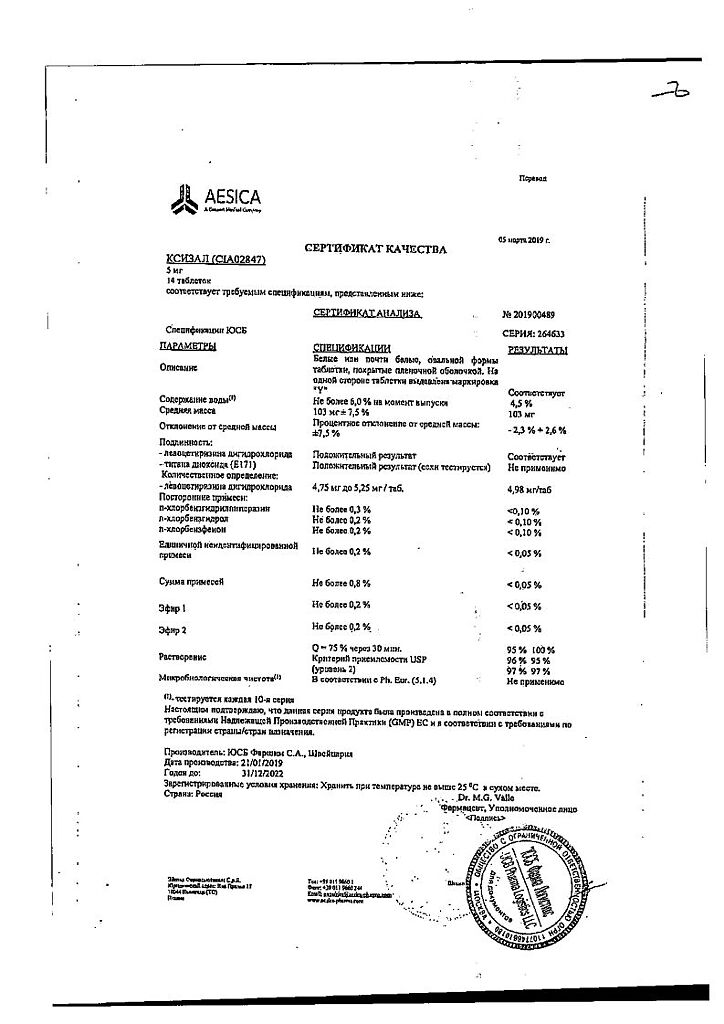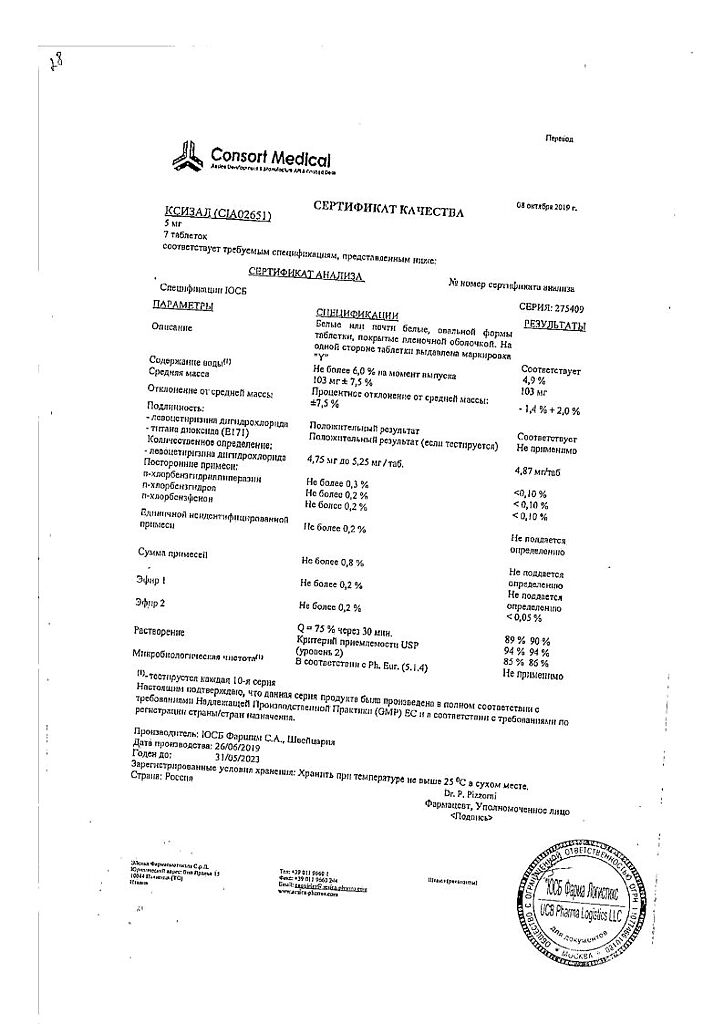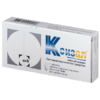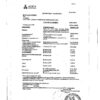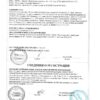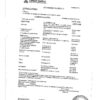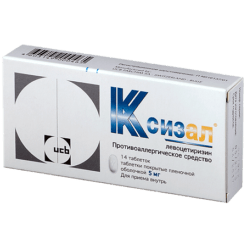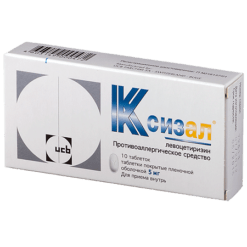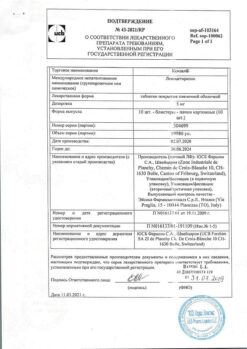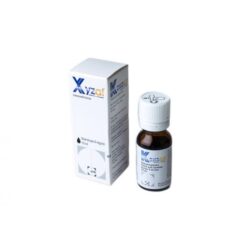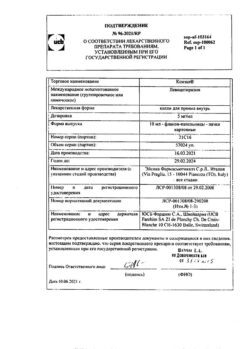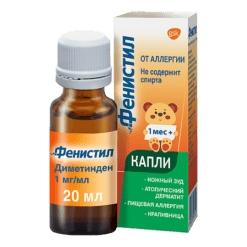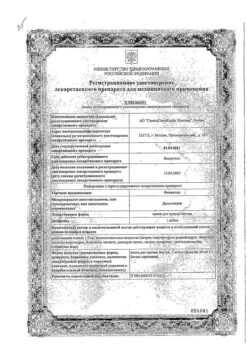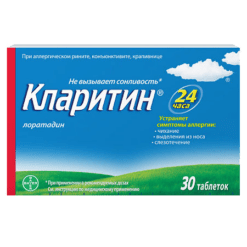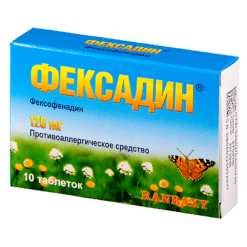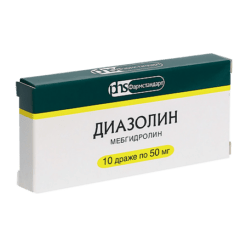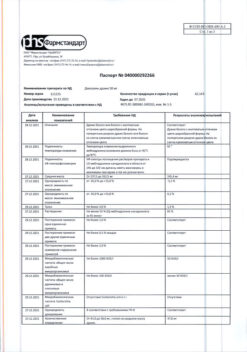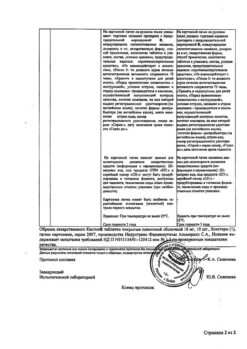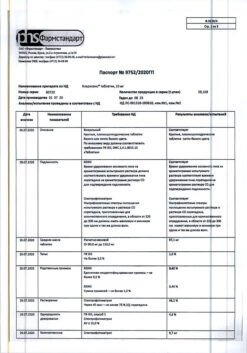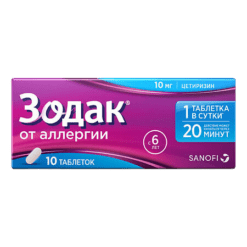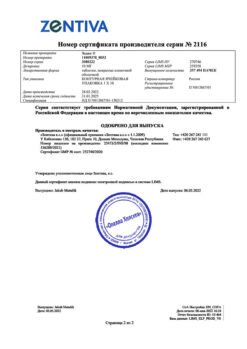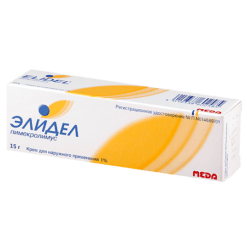No products in the cart.
Description
Xizal is an anti-allergic agent.
The active substance of the drug is levocetirizine, an enantiomer of cetirizine, belongs to the group of competitive histamine antagonists.
Levocetirizine acts on histamine-dependent stage of allergic reactions, reduces migration of eosinophils, decreases vascular permeability and limits release of inflammatory mediators.
It prevents and facilitates the development of allergic reactions, has antiexudative, antipruritic action, practically has no anticholinergic and antiserotonic action.
In therapeutic doses it has practically no sedative effect.
Indications
Indications
For adults and children over 6 years of age: treatment of symptoms of year-round and seasonal allergic rhinitis and allergic conjunctivitis, such as itching, sneezing, lacrimation, conjunctival hyperemia;
hay fever (hay fever);
urticaria, including chronic idiopathic urticaria, Quincke’s edema;
other allergic dermatoses accompanied by itching and rashes.
Pharmacological effect
Pharmacological effect
Xizal is an antiallergic drug.
The active substance of the drug, levocetirizine, an enantiomer of cetirizine, belongs to the group of competitive histamine antagonists.
Levocetirizine has an effect on the histamine-dependent stage of allergic reactions, and also reduces the migration of eosinophils, reduces vascular permeability, and limits the release of inflammatory mediators.
Prevents the development and facilitates the course of allergic reactions, has an antiexudative, antipruritic effect, and has virtually no anticholinergic and antiserotonin effects.
In therapeutic doses it has virtually no sedative effect.
Special instructions
Special instructions
An objective assessment of the ability to drive a car and operate machinery did not reliably reveal any adverse events when prescribing the recommended dose of 5 mg; however, it is advisable to refrain from engaging in potentially hazardous activities that require increased concentration and speed of psychomotor reactions.
Active ingredient
Active ingredient
Levocetirizine
Composition
Composition
1 tablet contains:
Core:
active substance: levocetirizine dihydrochloride 5.0 mg;
excipients: lactose monohydrate 63.50 mg, microcrystalline cellulose 30.00 mg, colloidal silicon dioxide 0.50 mg, magnesium stearate 1.00 mg.
Shell: opadry Y-1-7000 3.00 mg (contains hypromellose 62.5%, titanium dioxide (E171) 31.25%, macrogol 400 6.25%).
Pregnancy
Pregnancy
Pregnancy
Data on the use of levocetirizine during pregnancy are virtually absent or limited (less than 300 pregnancy outcomes). However, the use of cetirizine racemate levocetirizine during pregnancy (more than 1000 pregnancy outcomes) was not accompanied by malformations and intrauterine and neonatal toxic effects. Animal studies have not revealed any direct or indirect adverse effects on the course of pregnancy, embryonic and fetal development, childbirth and postnatal development.
During pregnancy, the use of levocetirizine may be considered if necessary.
Breastfeeding period
Cetirizine racemate of levocetirizine is excreted in breast milk. Therefore, it is also likely that levocetirizine is excreted in breast milk. Breastfed children may experience adverse reactions to levocetirizine. Therefore, caution must be exercised when prescribing levocetirizine during breastfeeding.
Fertility
There are no clinical data on levocetirizine.
Before using the drug, if you are pregnant or think you might be pregnant or are planning a pregnancy, you should consult your doctor.
Contraindications
Contraindications
Hypersensitivity to any of the components of the drug or piperazine derivatives. Severe form of chronic renal failure (creatinine clearance less than 10 ml/min).
Children’s age (up to 6 years).
With caution – chronic renal failure (correction of the dosage regimen is required), old age (possible decrease in glomerular filtration).
Side Effects
Side Effects
Headache, drowsiness, dry mouth, fatigue.
Rarely – migraine, dizziness, dyspeptic disorders, allergic reactions (angioedema, rash, urticaria, itching).
Interaction
Interaction
Combined use with macrolides or ketoconazole did not cause significant changes in the ECG. Co-administration with theophylline (400 mg/day) reduces the total clearance of levocetirizine by 16% (theophylline kinetics does not change).
When used in therapeutic doses, no data on interaction with alcohol have been obtained. However, it is necessary to refrain from drinking alcoholic beverages.
Overdose
Overdose
Symptoms: may be accompanied by signs of intoxication in the form of drowsiness; in children, an overdose of the drug may be accompanied by anxiety and increased irritability.
Treatment: if symptoms of overdose appear (especially in children), the drug should be stopped, gastric lavage, activated charcoal, and symptomatic therapy are necessary. There is no specific antidote.
Storage conditions
Storage conditions
In a dry place, at a temperature not exceeding 25 °C
Shelf life
Shelf life
4 years
Manufacturer
Manufacturer
YUSB Farshim S.A., Switzerland
Additional information
| Shelf life | 4 years |
|---|---|
| Conditions of storage | In a dry place, at a temperature not exceeding 25 °C |
| Manufacturer | SSB Farshim S.A., Switzerland |
| Medication form | pills |
| Brand | SSB Farshim S.A. |
Other forms…
Related products
Buy Xizal, 5 mg 7 pcs. with delivery to USA, UK, Europe and over 120 other countries.


